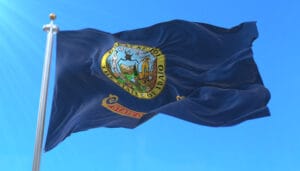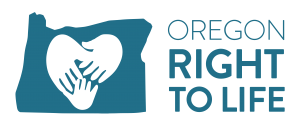Abortion: a cog in the human trafficking machine
Human trafficking is the second largest crime industry, trailing only illegal drugs. The money- driven industry, which exploits innocent and vulnerable people, is heavily dependent upon the abortion industry to function at its maximum capacity. Nita Belles, of Oregonians Against Trafficking Humans, reports that a trafficker with three girls can make $650,000 per year. Large events are magnets for traffickers to victimize women and girls and recruit others. Interstate 5 is a popular trafficking corridor in Oregon.
In Loyola University’s Annals of Health Law (Winter 2014), the authors of “The Health Consequences of Sex Trafficking and Their Implications for Identifying Victims in Healthcare Facilities” surveyed over 100 women or girls in the U.S. who were trafficking victims or survivors. Their findings revealed that of the 67 who responded affirmatively to the question of whether or not they had been forced to have an abortion, 55.2 percent reported at least one abortion and 29.9 percent reported multiple abortions. [www.lifenews.com/2018/02/01/
Abortion causes 25 percent of U.S. deaths
The abortion deaths of babies in the womb are not counted in national death statistics in the U.S. Though the exact number is unknown, the widely accepted number of medical and surgical abortions each year in this country has dropped from 1.6 million in the 1980s to 926,200. If we add that number to the annual death toll, there are 3,638,830 deaths each year in the U.S. from all causes. That means that abortion is the cause of over 25 percent of all deaths in the U.S. each year.
January 22, 2018 was the 45th anniversary of legal abortion in all 50 states at any time throughout pregnancy. Over those 45 years, according to National Right to Life, there were 60,069,971 abortions nationwide.
“Abortion has taken a terrible toll on America. We’ve now lost more than 60 million of our sons, daughters, friends, and neighbors and we are a much poorer nation for it,” laments National Right to Life Committee Education Director Dr. Randall K. O’Bannon. [www.lifenews.com/2018/03/07/
Oregon couple commits suicide together
On April 20, 2017, Charlie and Francie Emerick used Oregon’s two-decades long assisted suicide law to commit suicide together. They appear to be the first couple to have done so. Charlie, 87, and Francie, 88, had been married 66 years when they took the lethal drugs. He had prostate cancer and Parkinson’s disease; she had lymphoma and a weak heart. The couple had been members of the Hemlock Society, an assisted suicide advocacy group that existed from 1980 to 2003.
Some family members disagreed with the couple’s decision. The couple had three daughters. One daughter was their primary caretaker, and acknowledged that, “There were moments that they expressed great sadness at the goodbye that was coming.” Another daughter, along with her husband, filmed conversations and preparations right up to the death.
Stephen Drake, research analyst for the disability rights group Not Dead Yet, has serious reservations about making the video public. Drake worries that presenting assisted suicide in a positive light “changes the expectation; this romanticizes the idea of not just suicide, but a double suicide.” [www.time.com/5179977/
40 Days for Life saves 490 babies!
This winter’s 40 Days for Life campaign, from February 14 through March 25, resulted in the lives of 490 unborn babies being saved from abortion. 40 Days for Life is the largest internationally coordinated pro-life mobilization in history, helping people in local communities end the injustice of abortion through prayer and fasting, community outreach, and peaceful vigil outside abortion facilities.
The first 40 Days for Life campaign was in 2007. Since that first campaign, 750,000 people have participated and 14,488 lives have been saved in 5,251 campaigns, in 741 cities and 47 nations. A total of 172 abortion workers have quit their jobs and 96 abortion facilities have closed their doors. For more information about campaigns and how you may participate, visit www.40daysforlife.com.
Supreme Court hears California pregnancy centers case
In 2015, California state lawmakers passed AB 775, requiring pro-life pregnancy centers to prominently display referrals for the abortion industry, including information about state-sponsored programs that provide abortion. The law’s wording made it clear that it was aimed at one kind of facility, pro-life pregnancy centers. The law was signed by Governor Jerry Brown and upheld by the Ninth Circuit Court. Following an appeal, the Supreme Court agreed to hear the case.
On March 20, in National Institute of Family and Life Advocates v. Becerra, three attorneys argued in favor of the pregnancy centers. One of them, Michael Farris, Alliance Defending Freedom President, CEO, and General Council, said, “If the government can coerce pregnancy centers to give a pro-abortion message for the pro-abortion industry, what’s going to stop it from attacking other industries? Compelled speech strikes at the very heart of constitutionally protected liberties.”
The New York Times said the California law “met a skeptical reception” in the Supreme Court’s chambers. Though Justice Elena Kagan used the word “gerrymandered” in her questioning and Justice Anthony Kennedy at one point characterized the law as “burdensome,” it is premature to speculate as to the court’s ruling, which is expected around the end of June. [http://www.breakpoint.org/
New Dutch law would expand euthanasia
Euthanasia numbers in the Netherlands continue to rise. The 2017 annual report reveals that euthanasia deaths are up 8 percent to 6,585. A recent study in the New England Journal of Medicine (August 3, 2017) found 431 terminations of life without request in the Netherlands in 2015. In the Netherlands, this is referred to as “termination without request or consent.” There has been no meaningful sanction imposed on any doctor participating in this practice.
Currently, euthanasia is a legal option for children (ages 12 to 18) with parental permission and to newborns younger than one. However, an article titled “Should Pediatric Euthanasia be Legalized?” in the journal Pediatrics (January 10, 2018) featured three “experts” (Marije Brouwer, MA, Els Maeckelberghe, Ph.S., and Eduard Verhagen, M.D.) who advise the Minister of Health to “consider removing age restrictions,” making competent and incompetent children eligible. The three conclude that the decision to euthanize patients, including children younger than 12, should be left to physicians. [www.lifenews.com/2018/01/18/
Planned Parenthood sues to allow abortions on Down syndrome and black babies
The 7th Circuit Court of Appeals heard arguments in February regarding a Planned Parenthood and ACLU lawsuit challenging an Indiana law that prohibits abortions on unborn babies specifically because of their sex, race, or genetic abnormality such as Down syndrome. Then-governor Mike Pence signed the law.
Statistics show that 90 percent of women choose abortion following a Down syndrome diagnosis. Unborn babies of color are targeted for abortion at extremely high rates. Though black Americans make up 13 percent of the U.S. population, 35 percent of the babies killed in abortions are black. Planned Parenthood locates 79 percent of its abortion facilities within walking distance of minority neighborhoods.
In February, on behalf of Planned Parenthood, the ACLU filed suit against a pro-life law in Ohio, signed by Governor John Kasich, that prohibits abortions done specifically because an unborn child has been diagnosed with Down syndrome. Mike Gonidakis, president of Ohio Right to Life, explains, “The ACLU of Ohio claims on their website that they ‘seek to preserve civil liberties for each new generation.’ It is a shame that an organization that claims to be the very biggest and best at defending victims of discrimination completely disregards the most vulnerable members of our society who are being discriminated against.” Ohio’s measure follows bans in North Dakota and Indiana. [www.lifenews.com/2018/02/14/
Hawaii legalizes assisted suicide
In late March, Hawaii became the sixth state in the nation to legalize physician-assisted suicide. Patterned after Oregon’s 20-year-old law, the legislation includes many of the same so-called “safeguards,” which have proven to be ineffective in Oregon. The state Senate passed the measure 23-2. Senator Breene Harimoto was one of the two senators who voted against the bill. As a cancer patient, Breene explained, he could never approve something that would create “an environment of hopelessness.” “Because of my personal experience, I feel so strongly that we must always have hope and never give up. Hawaii Governor David Ige has said he will sign the measure into law. [https://world.wng.org/




